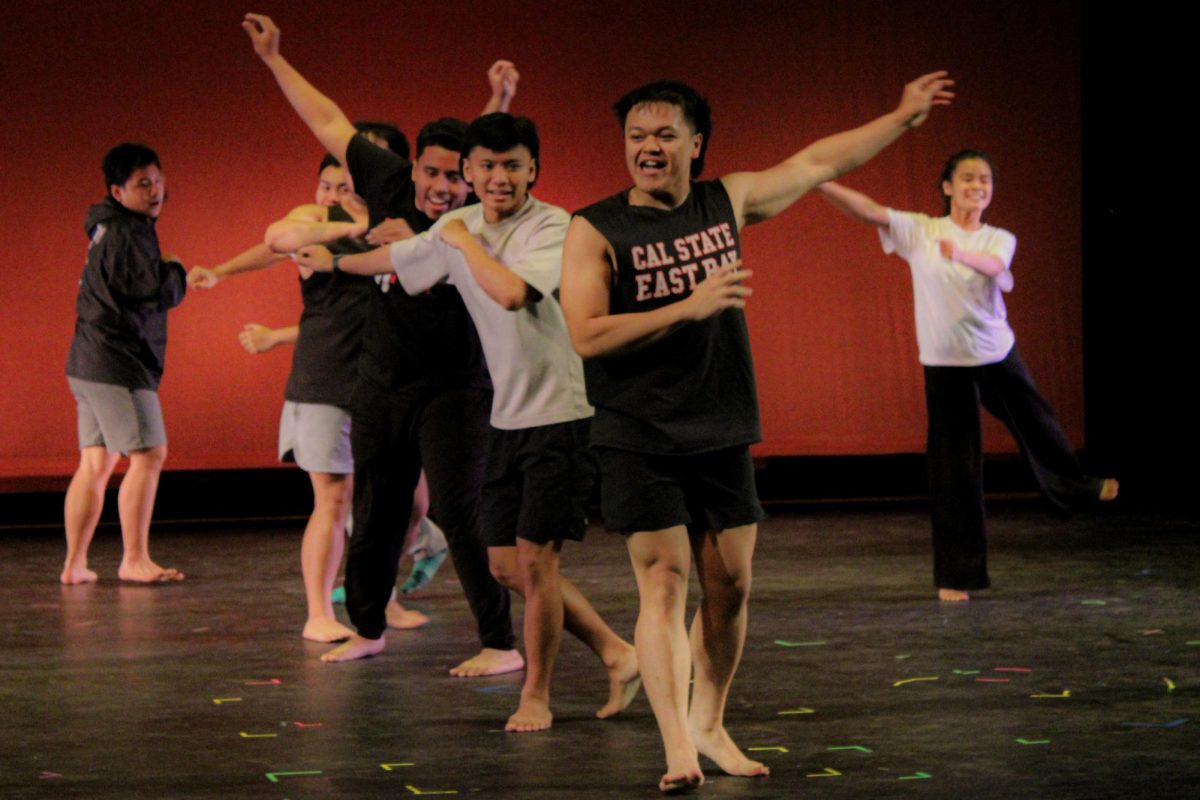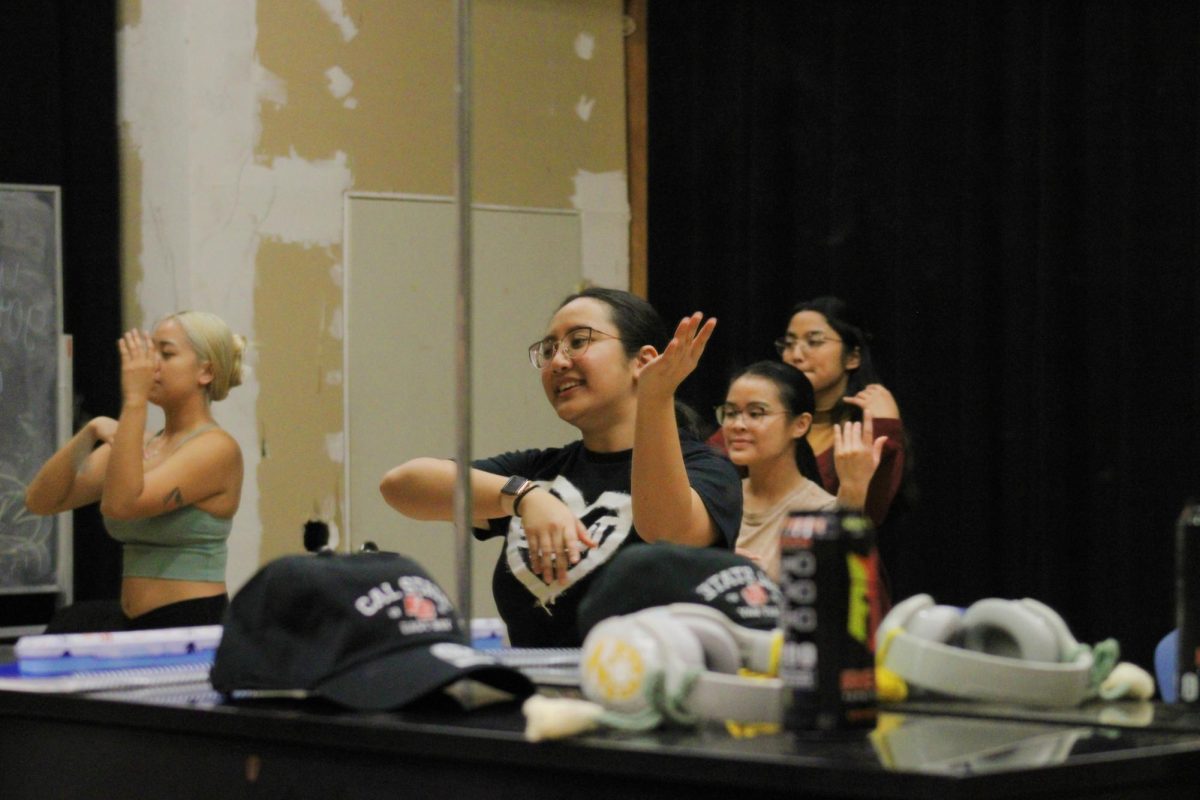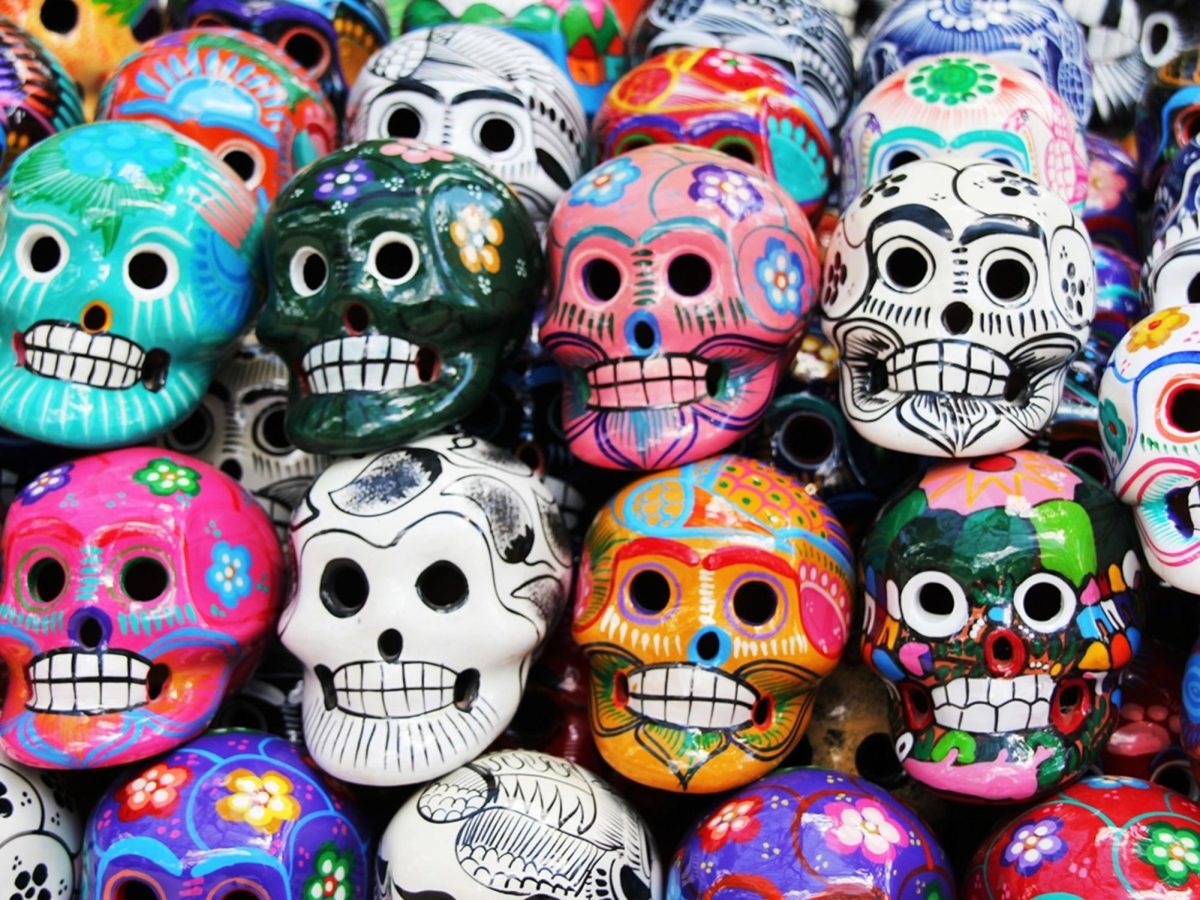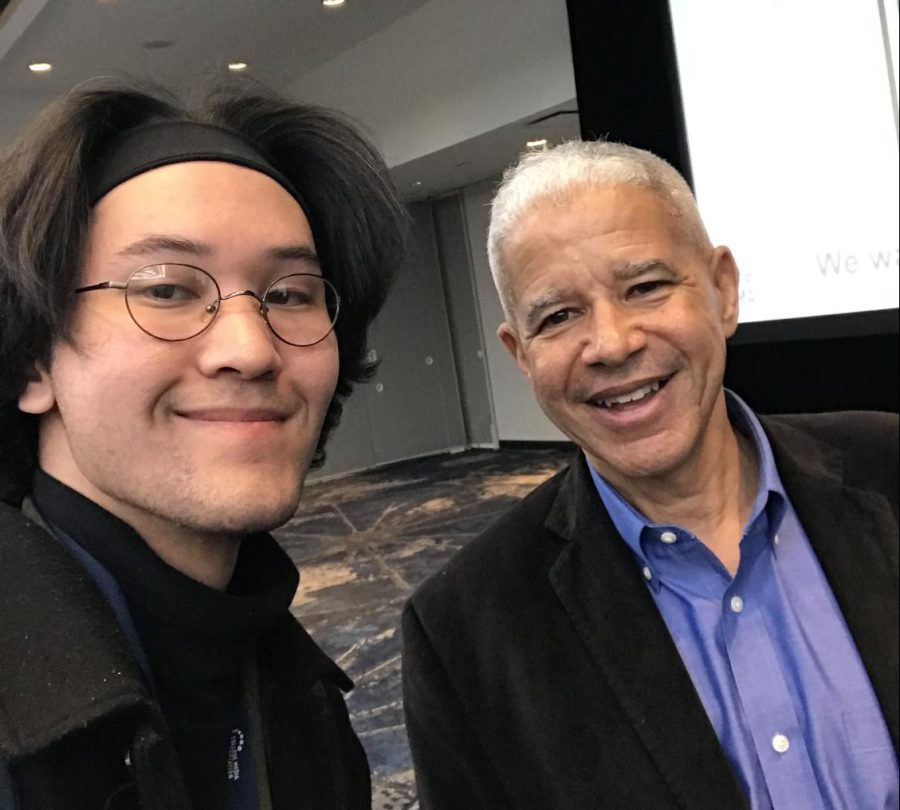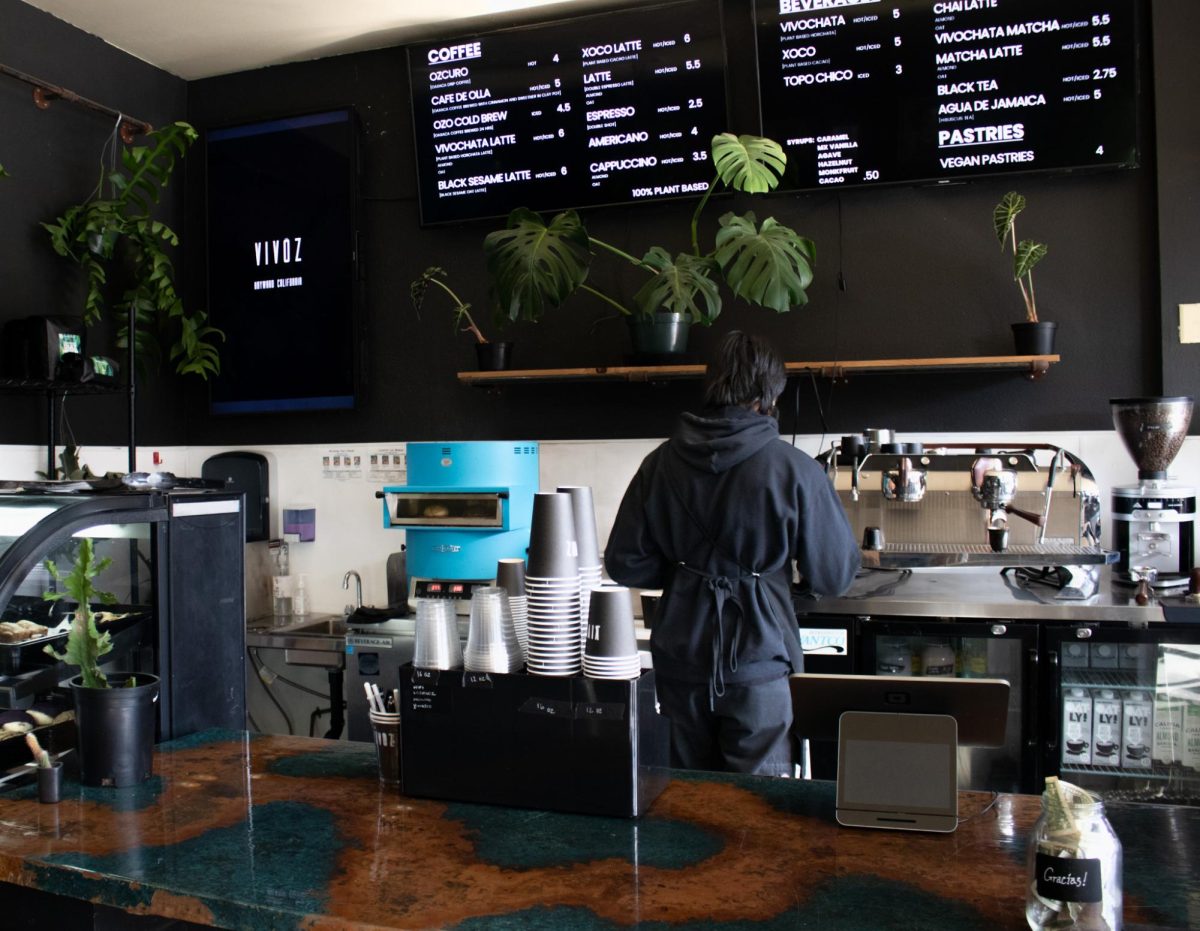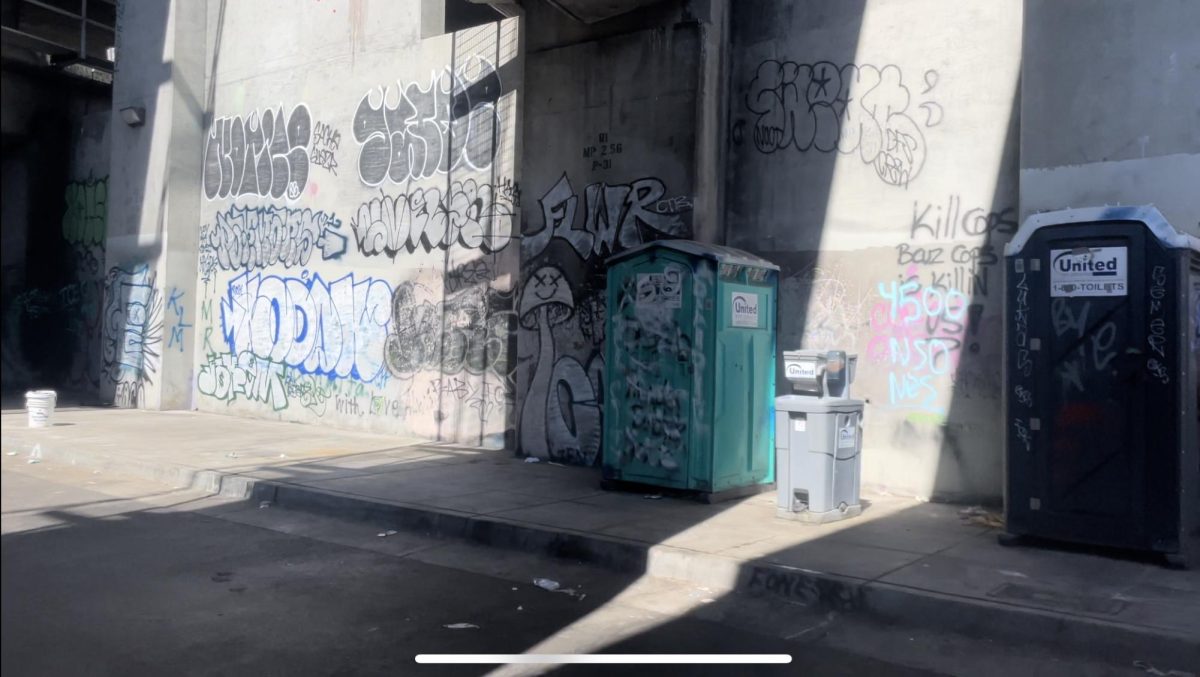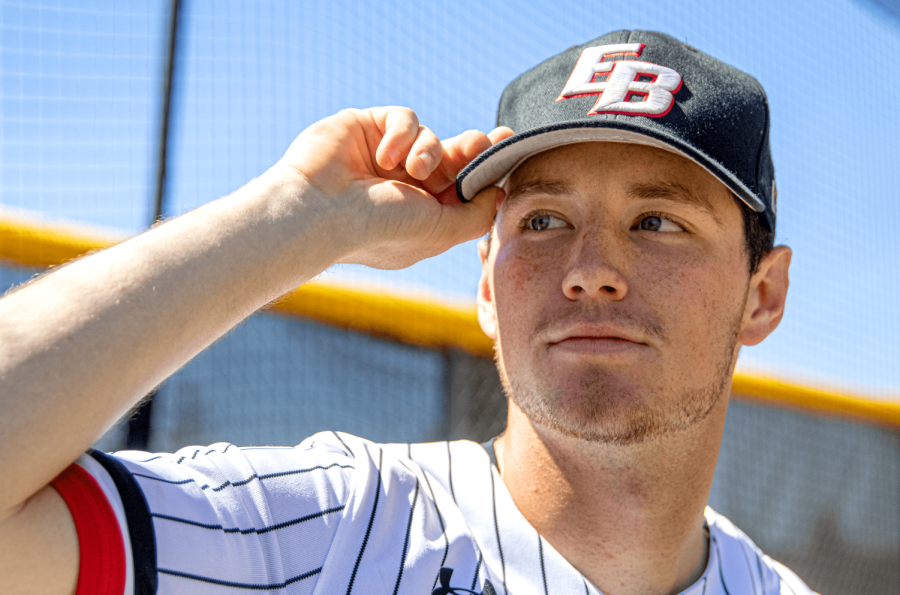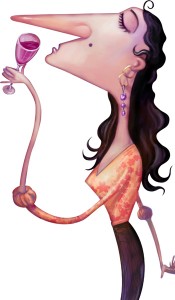
“There is a proper etiquette that should be displayed while out at a winery and many people are unaware of the do’s and don’ts that should be applied to wine tasting trips,” said Alex Baca.
“A major don’t in wine tasting is coming in and being too rambunctious and drunk. Wine tasting is meant to be fun but it’s not meant to be a bar-type atmosphere,” said Baca.
Alex Baca, 25, is a tasting room associate at Crooked Vine Stony Ridge in Livermore and is an experienced wine tasting expert and aficionado that has been in the profession for 3 years.
“A good tip to remember is that you should make sure you eat before you head to a winery because sometimes we forget that wine tasting can really sneak up on you. So make sure you eat something, are hydrated and come with an open mind,” said Baca.
“Don’t just stick to wines that you normally drink, try different varietals when you’re wine tasting so you can test your boundaries and try new wines you may thoroughly enjoy,” said Baca.
“Normally a host or tasting room associate will greet you and get you started with wine glasses for yourself or your party and explain the available wines for tasting and if there are any tasting fees,” said Baca.
A typical wine tasting bar will provide five to seven tastings and some have a tasting menu for their reserve wines, which typically cost more than their normal flight of wine tastings.
When a fee is charged at the tasting bar, it is usually okay for two people to share one glass and pay only one tasting fee. Some wineries apply the tasting fee toward the purchase of a bottle of wine and others may include a souvenir wine glass with the tasting fee.
“You should always taste the wines from lightest on your palate to heaviest. White wines are generally tasted first, followed by red wines, and then dessert wines. Most wineries will provide a neutral food, like a plain cracker, to clear the palate after tasting each different wine,” said Baca.
Most wineries will have a sheet of tasting notes including the wines that are currently available. Read the tasting notes as you taste the wine and see if you notice any of the aromas or flavors listed in the notes.
“Wine tasting associates usually talk the wine tasters through their entire experience. We do our best to give all the details from vintage to varietal, to what flavors our winemaker gets when he or she tastes it,” said Baca.
The best way to taste wine is to swirl it in the glass to open up the bouquet of the wine and then you are able to see the legs of the wine. You should then place your nose inside the glass, near the top so you can get all of the aromas.
Then, take a sip of the wine and let it sit in your mouth before you swallow it. You do not have to drink all the wine in your glass. Toss the unwanted wine in your glass into the dump bucket provided for this purpose.
“Normally you would not request a second taste of one particular wine unless you specify to the wine tasting associate that you are interested in purchasing the bottle of that particular wine,” said Baca.
When you visit a winery, chances are that you will also be getting a pitch about joining a winery’s wine club.
“Joining a wine club can be beneficial if you really enjoy the wine from a certain winery and if you would like to be invited to special events. A lot of wineries have concerts, dinners and wine release parties,” said Baca.
“Another benefit of joining a wine club is that wine club members receive a discount on any wines or products they order from the winery or purchase at the winery. Also, wine club members get to look forward to receiving the wines and the factor of surprise that comes along with each shipment of wine,” said Baca.
In the year 2010, there were a reported 3,364 wineries in California and 7,626 wineries nation-wide, according to The Wine Institute.
Some of the closest wineries to Hayward are located in Livermore. Wente Vineyard, Concannon Vineyard, Crooked Vine Vineyard, Steven Kent Winery, Deer Ridge Vineyard and Murrieta’s Well are all located in Livermore.
“I love wine tasting. I feel very fortunate to have so many great wineries around me here in the Bay Area, between Napa and Livermore there is a great selection,” said Amy Watkins, 21, Communications major at CSUEB.
“Whether it is with friends or family, I’ve always had a great time wine tasting at the wineries in California. Wine tasting is not only a fun time, it is also a good way to bring people together,” said Watkins.
Now that you are aware of the wine tasting do’s and don’ts, as well as the proper etiquette at wineries, use these wine tasting guidelines when planning your next wine tasting trip.





